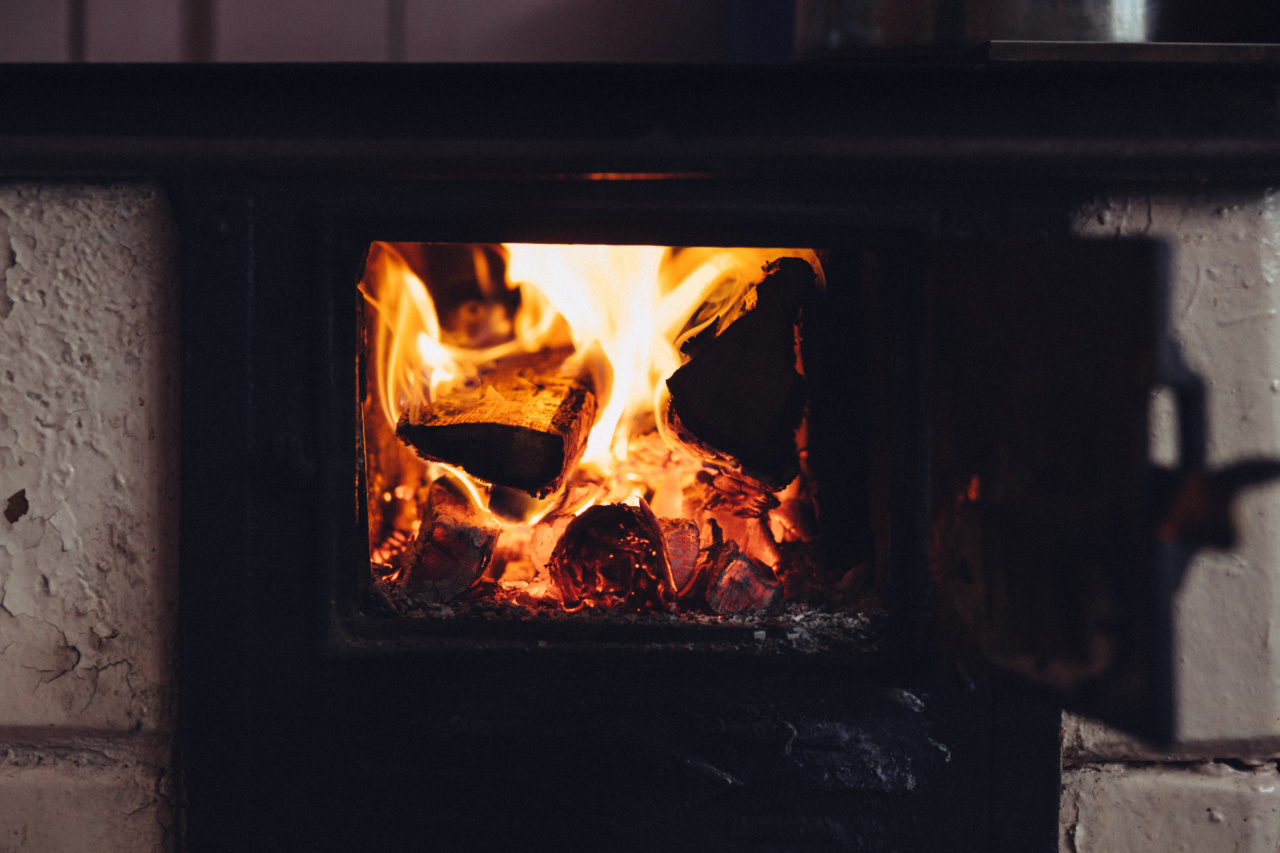Fireplaces and wood stoves are often used to keep our homes warm and cozy during the winter months. However, they can also be dangerous to our health if not used properly.
According to the Environmental Protection Agency (EPA), the smoke from burning wood can contain harmful pollutants such as carbon monoxide, nitrogen oxides, and particulate matter that can cause serious health problems.
Carbon Monoxide Poisoning
Carbon monoxide is a gas that is colorless, odorless, and tasteless. It is produced when wood is burned and can quickly build up in a home if there is insufficient ventilation.
Symptoms of carbon monoxide poisoning include headache, dizziness, weakness, nausea, and confusion. In severe cases, it can lead to unconsciousness and death.
Nitrogen Oxide Exposure
Nitrogen oxide is another harmful pollutant that is released when wood is burned. It can cause respiratory problems such as coughing, wheezing, and shortness of breath.
Long-term exposure to nitrogen oxide can lead to chronic bronchitis and other lung disorders.
Particulate Matter Exposure
Particulate matter is a mixture of tiny particles that can be inhaled into the lungs. These particles can cause lung irritation, leading to coughing, wheezing, and shortness of breath.
Long-term exposure to particulate matter can lead to chronic bronchitis, decreased lung function, and even premature death.
Protecting Your Health
There are several steps you can take to protect yourself and your family from the harmful effects of wood smoke:.
1. Use only dry, seasoned wood
Burning wet or green wood can produce more smoke and pollutants. Dry, seasoned wood burns more efficiently and produces less smoke. You should also avoid burning wood that has been painted, stained, or treated with chemicals.
2. Ensure proper ventilation
Make sure your chimney or flue is clean and functioning properly. A blocked or clogged chimney can cause smoke and pollutants to back up into your home.
You should also open a window or door slightly to provide adequate ventilation while the fire is burning.
3. Have your fireplace or stove inspected and cleaned regularly
Regular inspections and cleanings can help prevent problems such as carbon monoxide buildup and chimney fires.
A professional chimney sweep can inspect your chimney or stove to ensure it is functioning properly and remove any buildup of soot or creosote.
4. Avoid using your fireplace or stove during air quality alerts
During periods of poor air quality, it is best to avoid using your fireplace or stove to minimize your exposure to harmful pollutants. You can check the air quality index in your area to see if there are any warnings or alerts in effect.
5. Consider alternative heating sources
If you are concerned about the health risks of wood smoke, there are several alternative heating sources you can use. Gas or electric fireplaces, space heaters, and radiant heaters are all safer options that produce less smoke and pollutants.
Conclusion
While fireplaces and wood stoves can be a great source of warmth and comfort, they can also pose a serious health risk if not used properly.
By taking steps to protect yourself and your family, you can enjoy the benefits of a cozy fire without putting your health in jeopardy.






























